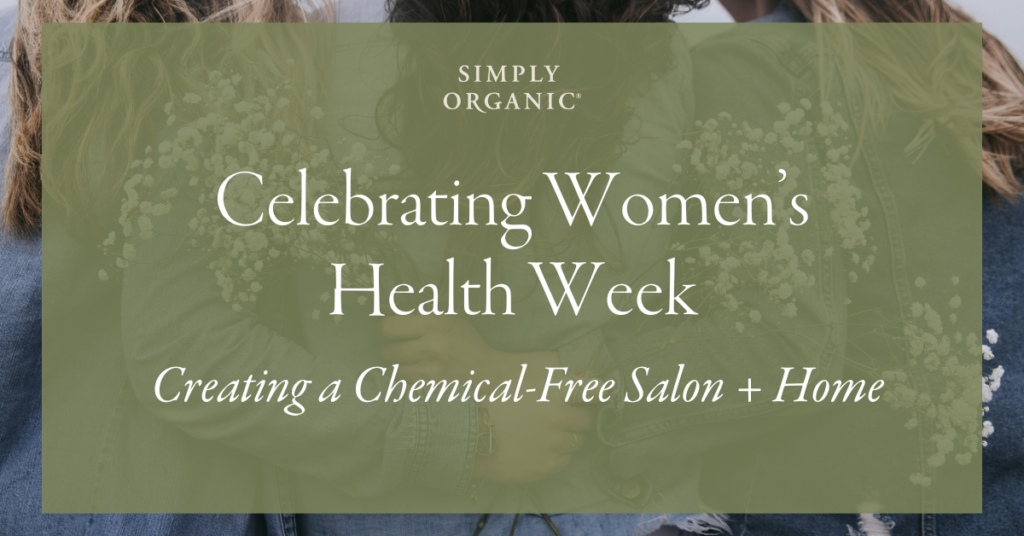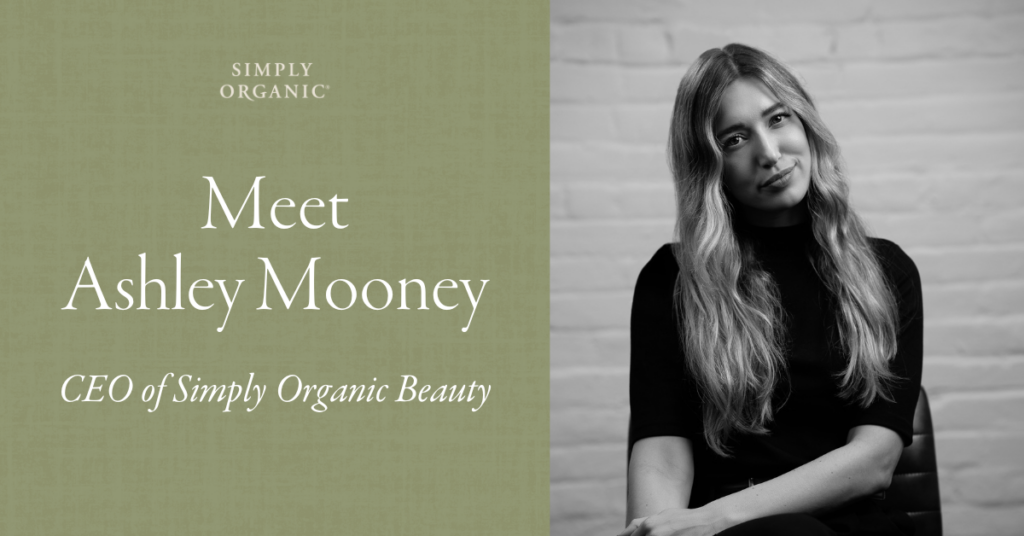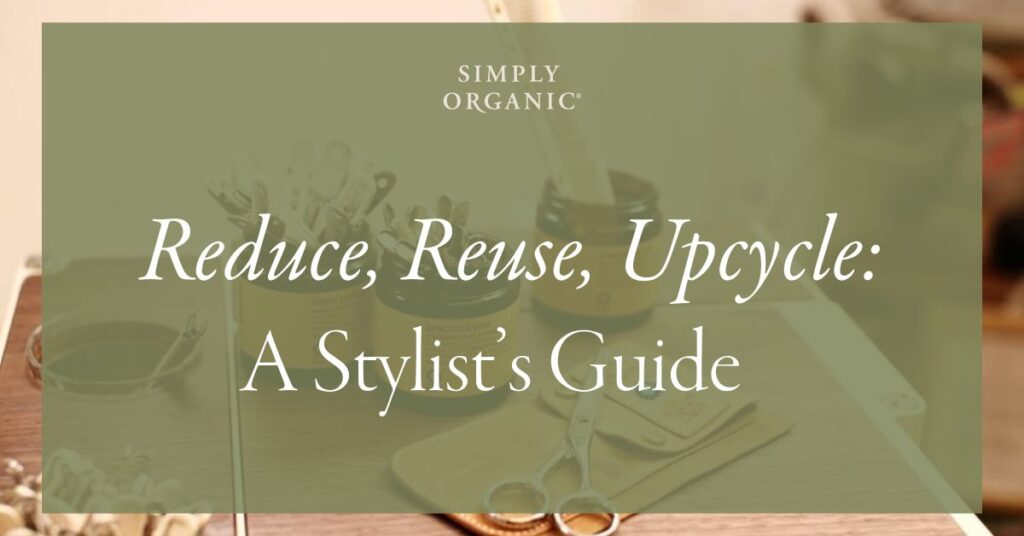
Thank you for reading this post, don't forget to subscribe!
In recent years, consumers have become increasingly interested in understanding the ingredients in their beauty products. This has led to the rise of beauty labels, which aim to provide consumers with more information about what they are putting on their skin. Navigating these labels can be overwhelming, as many of the terms used are unfamiliar or confusing. In this blog post, we will explore some of the most common beauty labels and what they mean.
Organic: The term “organic” refers to products that have been grown without the use of pesticides, synthetic fertilizers, or other harmful chemicals. In order for a product to be certified organic, it must meet certain standards set by government or independent organizations. Look for labels that say “USDA Certified Organic” or “Certified Organic by Ecocert” to ensure that a product is truly organic.
Natural: The term “natural” is often used to describe products that contain ingredients derived from plants or minerals. However, there is no legal definition for the term “natural,” which means that it can be used in a variety of ways. Some products may contain only a few natural ingredients, while others may be mostly synthetic with a few natural ingredients thrown in. If you are looking for truly natural products, it is important to read the ingredient list and research the ingredients used.
Cruelty-free: “Cruelty-free” means that a product has not been tested on animals. Look for labels that say “Leaping Bunny Certified” or “PETA Cruelty-Free” to ensure that a product meets this standard.
Vegan: “Vegan” means that a product does not contain any animal-derived ingredients. This includes ingredients like beeswax, lanolin, and carmine. Look for labels that say “Certified Vegan” to ensure that a product is truly vegan.
Hypoallergenic: The term “hypoallergenic” signifies that a product is less likely to cause an allergic reaction. If you have sensitive skin, it is important to read the ingredient list and test on a small area of skin before using it all over your face or body.
Non-comedogenic: “Non-comedogenic” means that a product is less likely to clog pores and cause acne. However, like hypoallergenic, there is no standard definition for this term. If you have acne-prone skin, it is important to read the ingredient list and test a product on a small area of skin before using it all over your face or body.
Fragrance-free: “Fragrance-free” means that a product does not contain any added fragrances. This can be helpful for people with sensitive skin or allergies to certain fragrances.
Other things to consider when purchasing:
Shelf Life:
Keep an eye out for the open jar icon. It indicates the number of months the product is generally considered usable after it is unsealed.
Recycling + Disposal:
The easily recognizable arrow triangle, also known as the Mobius Loop indicates that the product is recyclable – but take note: the code inside the loop will signify if the package contains BPA or Phthalates.
Certifications:
The FDA does not have the legal authority to approve cosmetics, but independent organizations like Ecocert, PETA, Leaping Bunny and EWG have standards in place to protect consumers from toxic ingredients.
More product research = more informed choices.
Understanding beauty labels can be a challenge, but it is important for consumers to know what they are putting on their skin. By familiarizing yourself with the most common beauty labels and what they mean, you can make more informed choices about the products you use. Remember to always read the ingredient list and do your own research to ensure that a product meets your personal standards for safety and effectiveness.




